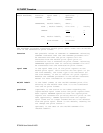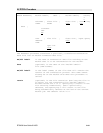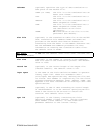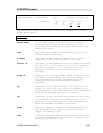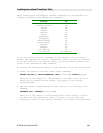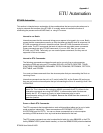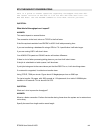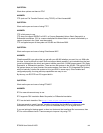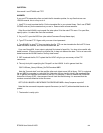ETU400 User Guide 011603
2
F&I Format and Input specifications. A means of
creating internal file definitions on the AS/400.
ETU supports F&I specs.
host system The AS/400 computer and its peripherals.
IBMTRAN An interface program for PCs that is included
with ETU. It allows non-ES32 emulation packages
to be used with ETU.
interactive processing One of two ways of running jobs on the AS/400
(along with batch processing). A job that is run
interactively begins being processed the instant
it is executed from the workstation. The
workstation is tied up for other purposes until
the job is complete.
job queue A waiting area on the AS/400 where batch jobs are
sent to wait for processing. Jobs in the job
queue are processed in the order that they were
received in the queue.
logical file A description of how data is to be presented to
or received from a host program. This type of
file contains no data, but it provides an
ordering and format for one or more physical
files. Contrast with physical file.
OCL Object Constraint Language. A modeling language
used to set up strings of valid OS400 commands.
output queue A waiting area on the AS/400 where host spool
files are sent until they are released to a
printer. Print jobs on the output queue are
processed in the order that they were received in
the queue.
physical file A description of how data is actually stored on
the host. A physical file contains one record
format and one or more members. Contrast with
logical file.
System/36 mode A set of commands and procedures within the
AS/400 operating system that simulates the
operating system of the System/36. It allows
users of the System/36 to work on the AS/400
without first learning the operating system of
the AS/400.
Tab format *TAB. One of four micro file formats supported by
ETU. Tab files are usually created with data base
applications. The fields in a TAB formatted file
are separated by tab characters.
Text format *TEXT. One of four micro file formats supported
by ETU. Text files are usually created using word
processors and must be converted to ASCII, the
lowest common denominator of microcomputer data,
before being transferred to the host.



